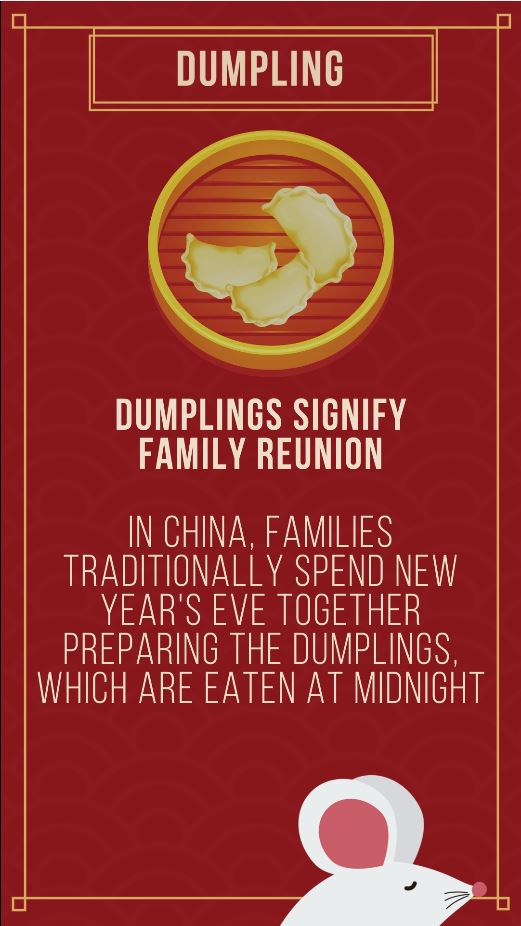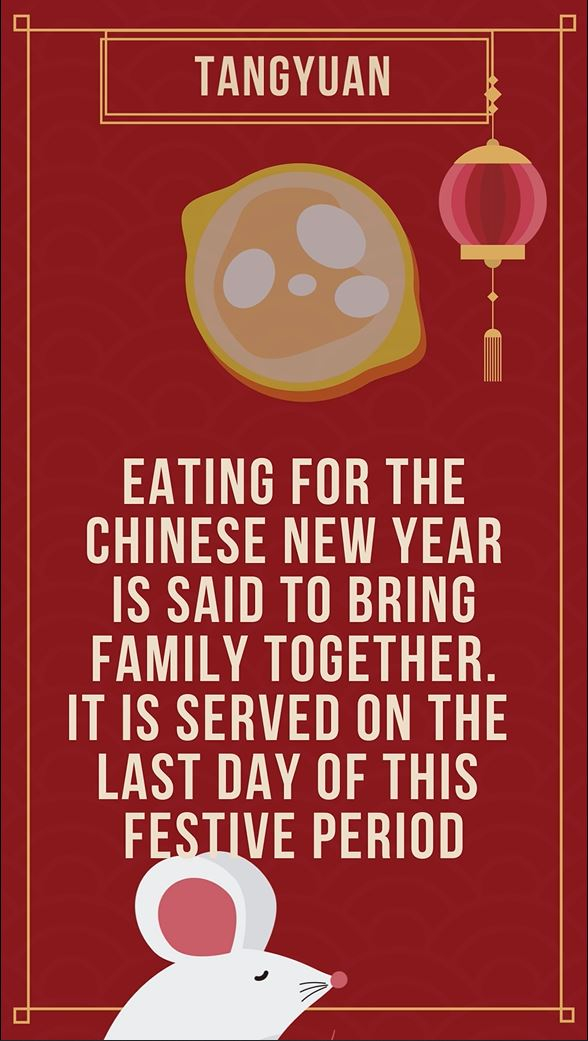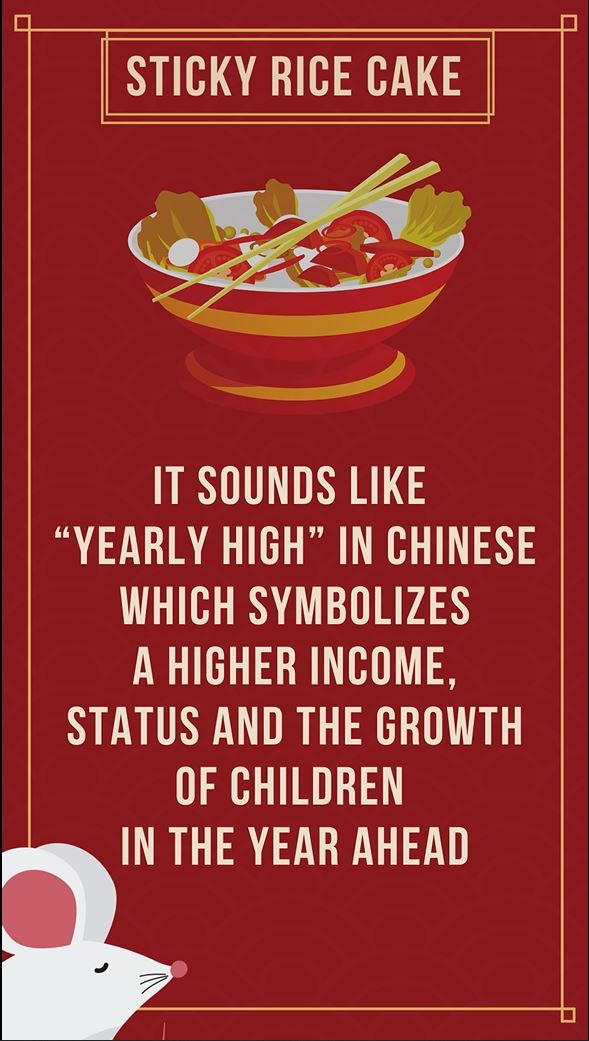Auspicious foods are always essential part of Chinese New Year celebration as they take the centre stage of the family reunion.
Most of the dishes are believed to bring fortune and good luck in the coming year given the way their name are pronounced and the way they are prepared. Some of the must-haves includes Chinese Dumplings, Tang Yuan (Sticky Rice Balls) and Nian Gao (Sticky Rice Cake).
As the Year of Rat approaches, here are some hints and tips to prepare these much-loved foods in China.
Go deeper into the New Year culinary traditions with our regional guide
A tofu Chinese New Year feast
Chinese Dumplings
Dumplings (or "Jiaozi" in Mandarin) is the must-eat food for all Chinese families on New Year's Eve.
Its Chinese name sounds like "change at midnight", which is why family to gather around the table and make Dumplings as the clocks strike midnight.
The shape of a dumpling resembles an ancient Chinese ingot, which symbolizes wealth and fortune.
02:14

Tang Yuan (Sticky Rice Balls)
Tang Yuan is a popular sweet desert that celebrates Lantern Festival, the last day of 15-day-long Chinese New Year celebration.
Its Chinese name sounds similar to "reunion" which makes it a perfect food for the big family gathering. The shape symbolizes unity and perfection as the Lantern Festival marks the first full moon of the new year.
Sticky rice balls are made from glutinous rice dough with fillings such as black sesame paste, and is usually served in boiling water with sweet fermented rice.
01:38

Nian Gao (Sticky Rice Cake)
Nian Gao is considered auspicious mainly because of its pronunciation - it sounds like "Year High". The dish is popular during the Chinese New Year as it symbolizes a more prosperous life, a higher income and a higher position.
Sticky rice cakes are made of sticky rice flour, water and sugar. Their chewy texture is the perfect addition to warming soups or a quick vegetarian stir-fry.
01:27
